PEOPLE
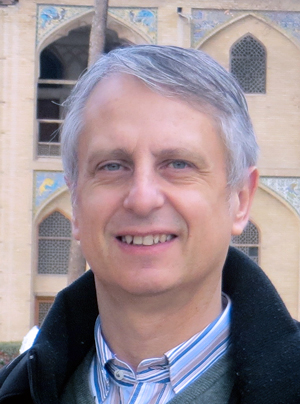
10 YEARS AGO THE BIRTH
OF THE FIRST EUROPEAN INSTITUTE
FOR THEORETICAL PHYSICS
IN THE FIELD OF PARTICLE PHYSICS
Interview with Alberto Lerda, president of the INFN National Scientific Commission for theoretical physics and coordinator of the Galileo Galilei Institute (GGI) in Florence
The ceremony marking the tenth anniversary of the GGI took place on 17th May, on the opening day of the national conference on theoretical physics, in the historic seat of the Institute, on the hill of Arcetri. In the same place, a symbolic one for physics and astronomy, are also the National Institute of Optics, the Astronomical Observatory and Villa Il Gioiello, Galileo Galilei's last home, and as such recognised as a "historic site" by the European Physical Society in 2013. We talked to Alberto Lerda, coordinator of the GGI, about the activities promoted by the Institute and also touched briefly on the new frontiers of theoretical physics, in light of the most recent discoveries.
The Galileo Galilei Institute was founded ten years ago, an original and unique project on the European landscape. Where did the idea come from?
The GGI was born from an intuition of Giuseppe Marchesini, at that time president of the National Scientific Committee of the INFN for theoretical physics, who recently passed away. Together with some colleagues in Florence, he promoted the idea of creating a centre within the INFN dedicated to the organization of workshops and conferences on theoretical physics of elementary particles, based on the model of the Kavli Institute for Theoretical Physics in Santa Barbara in California, and located in the premises on the hill of Arcetri, ...
NEWS
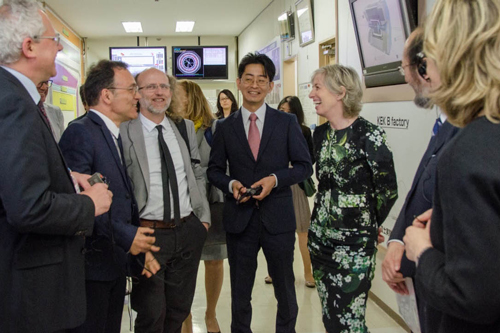
INSTITUTIONS
JAPAN, MINISTER GIANNINI VISITS KEK LABORATORY
As part of the G7 Science & Technology Ministers’ meetings taking place in Japan, the Italian Minister of Education, University and Research, Stefania Giannini paid a visit to the KEK fundamental physics laboratory, in Tsukuba, where INFN ...
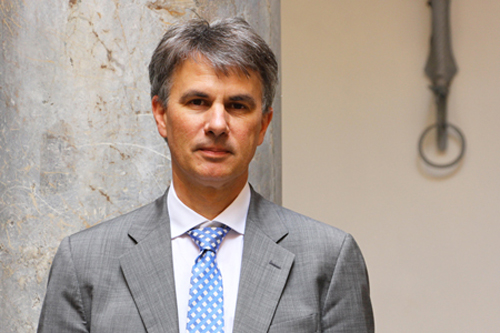
NOMINATIONS
BRUNO QUARTA GENERAL DIRECTOR OF INFN
Bruno Quarta, an expert in public and private management with extensive and significant experience, first abroad and then in Italy, took office as the General Director of the INFN at the beginning of May. ...
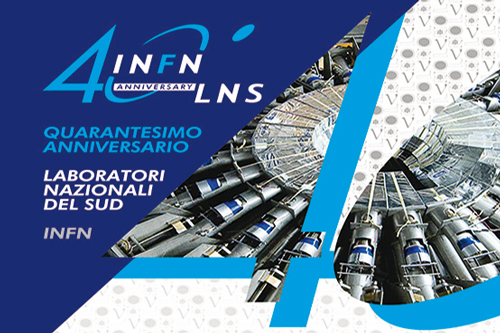
EVENTS
THE SOUTHERN NATIONAL LABORATORIES TURN 40
Forty years ago, the Southern National Laboratories (LNS) of the INFN were set up in Sicily, Catania. This centre of excellence of Italian physics is currently engaged in major international projects - including the KM3NeT underwater observatory for ...
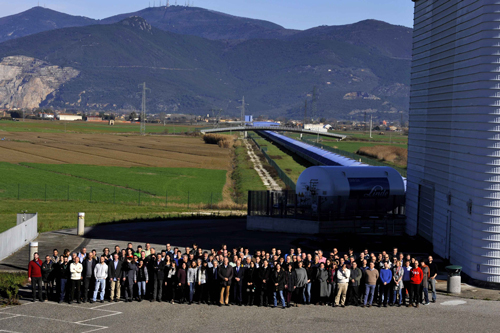
AWARDS
BREAKTHROUGH PRIZE: 3 MILLION DOLLARS FOR GRAVITATIONAL WAVES
The selection committee for the Breakthrough Prize in Fundamental Physics has awarded this year’s special prize to the LIGO and VIRGO collaborations - in which Italy is taking part with the INFN - and to the founders of the ...
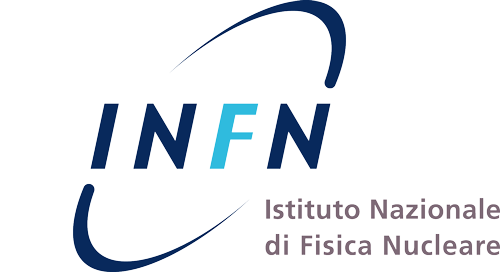

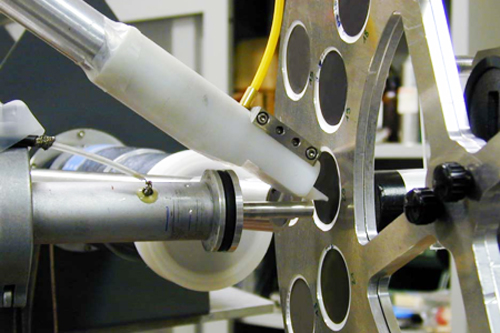 ACCELERATORS TO STUDY ATMOSPHERIC POLLUTION
ACCELERATORS TO STUDY ATMOSPHERIC POLLUTION